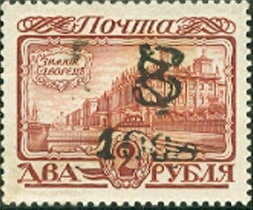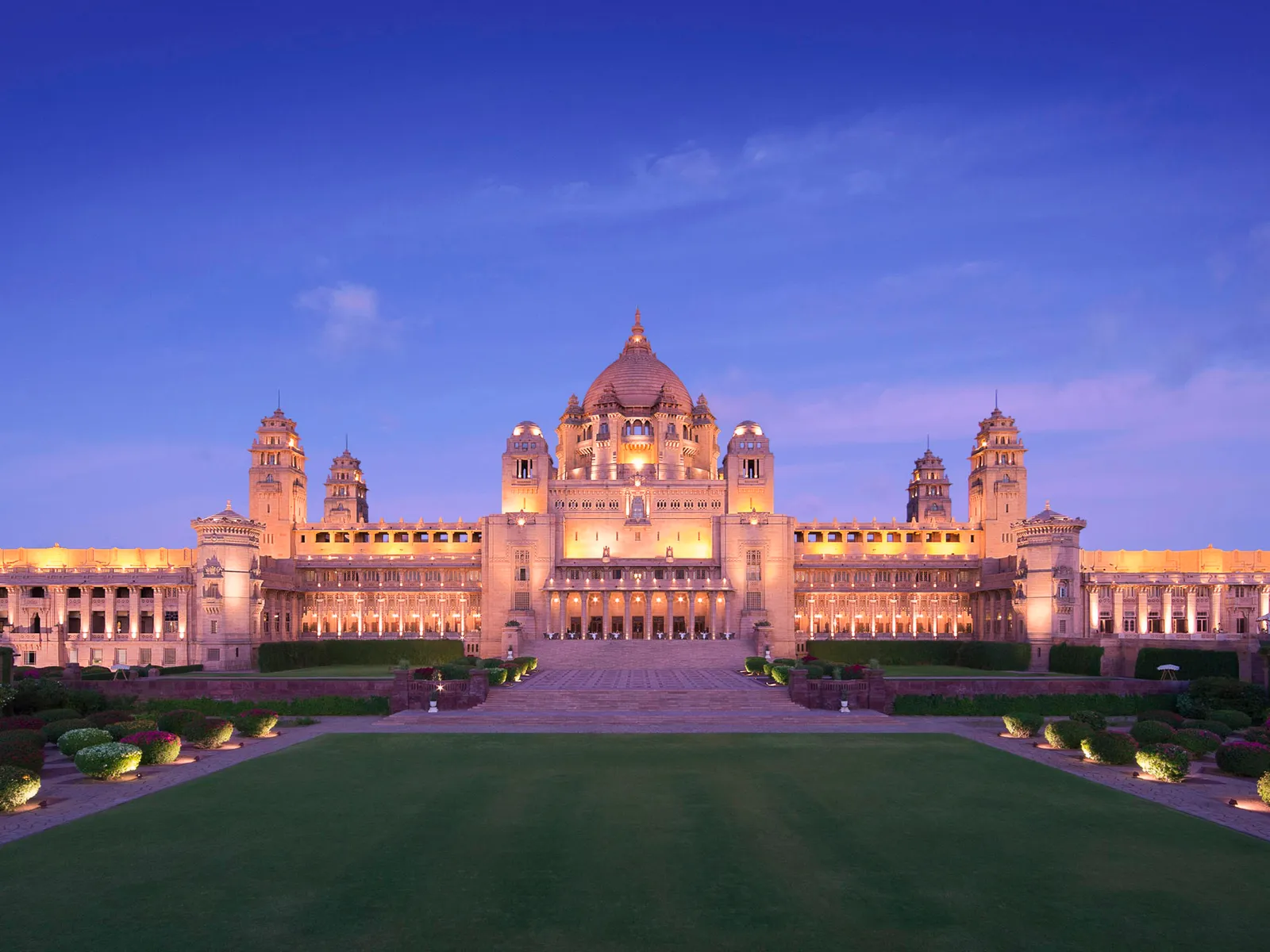Stamp: "Romanov" russian serie handstamped "100r HH" on 2r. (Armenia 1921)
"Romanov" russian serie handstamped "100r HH" on 2r. (Armenia 1921)
01 January (Armenia ) within release "Romanov"russian serie overprinted "HH" and new value goes into circulation Stamp "Romanov" russian serie handstamped "100r HH" on 2r. face value 100 Armenian ruble
| Stamp "Romanov" russian serie handstamped "100r HH" on 2r. in catalogues | |
|---|---|
| Stamp Number: | Sn: AM 191 |
| Unificato: | Un: AM 101J |
Stamp is horizontal format.
Also in the issue "Romanov"russian serie overprinted "HH" and new value:
- Stamp - "Romanov" russian serie handstamped "100r HH" on 1k. face value 100;
- Stamp - "Romanov" russian serie handstamped "100r HH" on 2k. face value 100;
- Stamp - "Romanov" russian serie handstamped "100r HH" on 2r. face value 100;
- Stamp - "Romanov" russian serie handstamped "100r HH" on 3r. face value 100;
- Stamp - "Romanov" russian serie handstamped "100r HH" on 5r. face value 100;
- Stamp - "Romanov" russian serie handstamped "1r HH" on 1k. face value 1;
- Stamp - "Romanov" russian serie handstamped "25r HH" on 4k. face value 25;
- Stamp - "Romanov" russian serie handstamped "3r HH" on 3k. face value 3;
- Stamp - "Romanov" russian serie handstamped "5r HH" on 10k. on 7k. face value 5;
- Stamp - "Romanov" russian serie handstamped "5r HH" on 14k. face value 5;
- Stamp - "Romanov" russian serie handstamped "5r HH" on 20k. on 14k. face value 5;
- Stamp - "Romanov" russian serie handstamped "5r HH" on 4k. face value 5;
Stamp "Romanov" russian serie handstamped "100r HH" on 2r. it reflects the thematic directions:
An anniversary is the date on which an event took place or an institution was founded in a previous year, and may also refer to the commemoration or celebration of that event. For example, the first event is the initial occurrence or, if planned, the inaugural of the event. One year later would be the first anniversary of that event. The word was first used for Catholic feasts to commemorate saints. Most countries celebrate national anniversaries, typically called national days. These could be the date of independence of the nation or the adoption of a new constitution or form of government. The important dates in a sitting monarch's reign may also be commemorated, an event often referred to as a "Jubilee".
Architecture (Latin architectura, from the Greek ἀρχιτέκτων arkhitekton "architect", from ἀρχι- "chief" and τέκτων "builder") is both the process and the product of planning, designing, and constructing buildings and other physical structures. Architectural works, in the material form of buildings, are often perceived as cultural symbols and as works of art. Historical civilizations are often identified with their surviving architectural achievements.
A castle (from Latin: castellum) is a type of fortified structure built in Europe and the Middle East during the Middle Ages by European nobility. Scholars debate the scope of the word castle, but usually consider it to be the private fortified residence of a lord or noble. This is distinct from a palace, which is not fortified; from a fortress, which was not always a residence for nobility; and from a fortified settlement, which was a public defence – though there are many similarities among these types of construction. Usage of the term has varied over time and has been applied to structures as diverse as hill forts and country houses. Over the approximately 900 years that castles were built, they took on a great many forms with many different features, although some, such as curtain walls and arrowslits, were commonplace.
A palace is a large residence, often serving as a royal residence or the home for a head of state or another high-ranking dignitary, such as a bishop or archbishop. The word is derived from the Latin name palātium, for Palatine Hill in Rome which housed the Imperial residences




